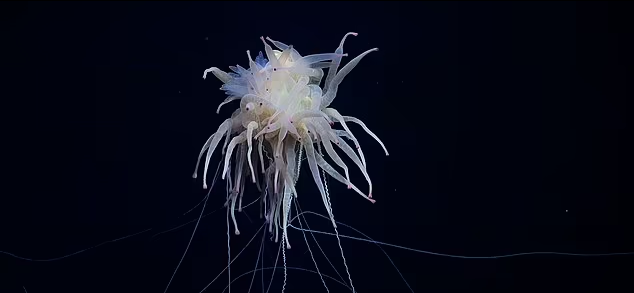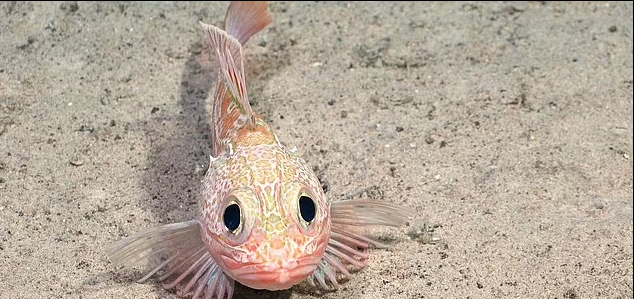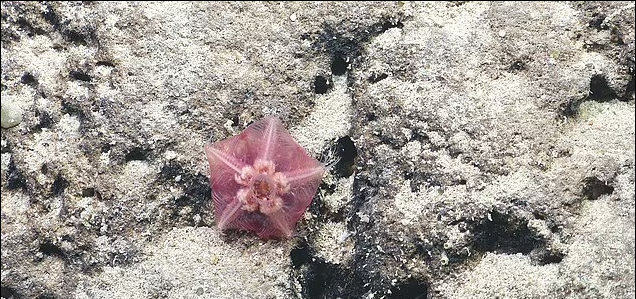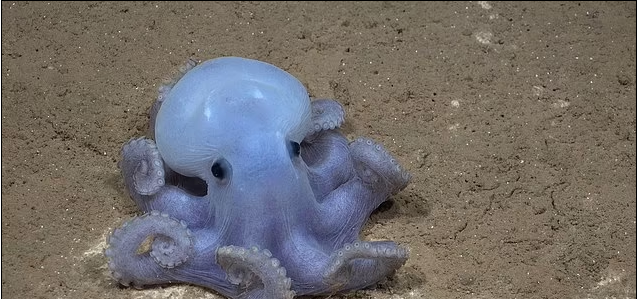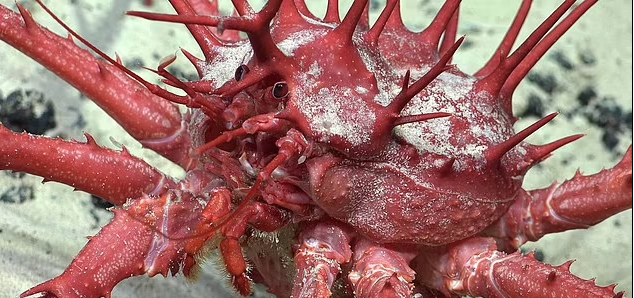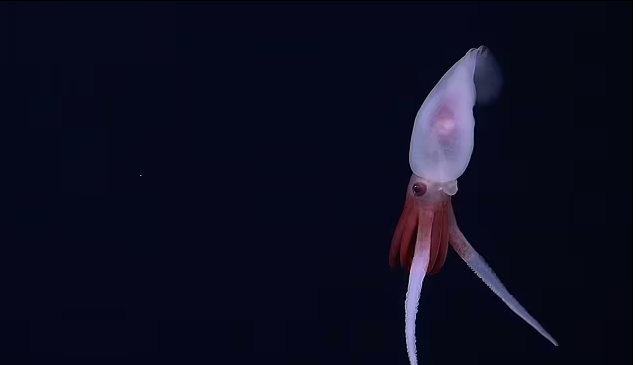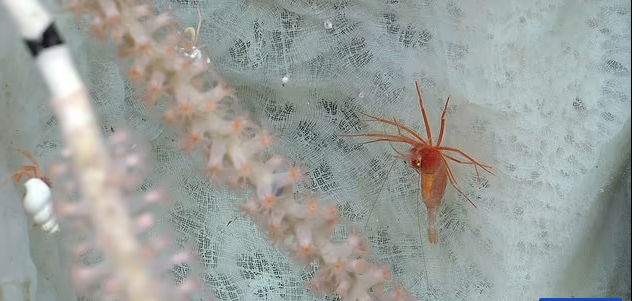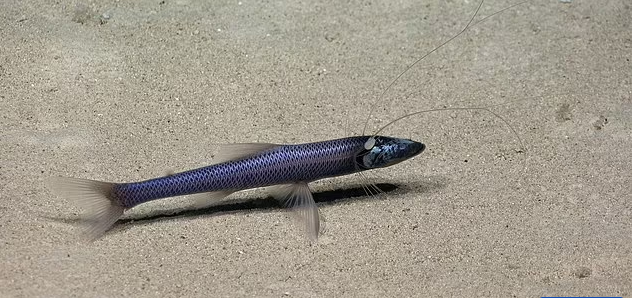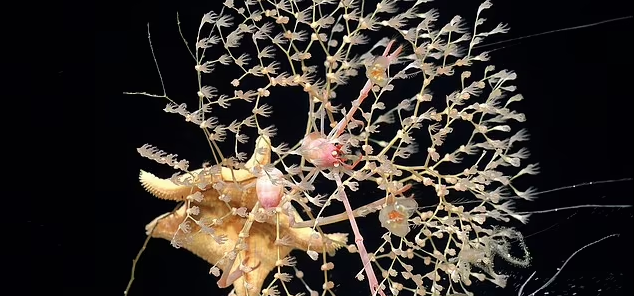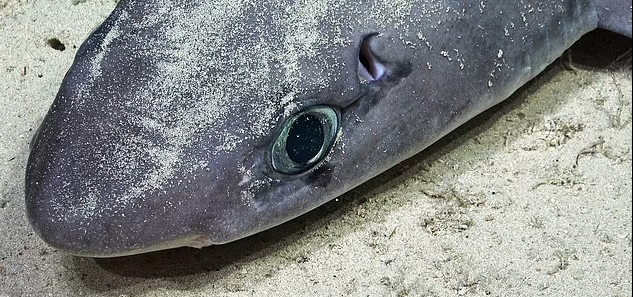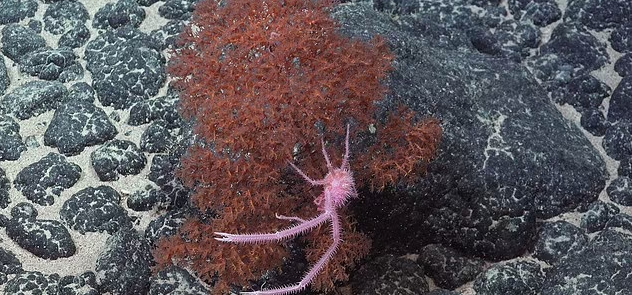Among them a sea frog, two flying “spaghetti monsters” and a Casper the octopus
It may be that in recent decades we have made rapid progress in exploring them oceans of the Earth and the understanding of their phenomena, however the marine world and its ecosystems remain to a large extent a great mystery.
As the scientific community reports, we know much more about Mars than we do about Earth’s oceans. It is estimated that approximately 30% of our planet’s oceans have been mapped and studied more or less.
Watch video:
In recent years, autonomous submarines, which are increasingly advanced in terms of materials and technology, are the most valuable ally of scientists in the exploration of the oceans. Submersibles are constantly discovering impressive ecosystems literally in the abyss where there is permanent dense darkness, hundreds of times greater water pressure than at the surface of the sea and of course very low temperatures, i.e. conditions theoretically at least inhospitable to life.
It is not every time such an ecosystem is discovered that the news of the existence of some creatures that live in these conditions is impressive, but the biodiversity of these ecosystems.
The Schmidt Oceanographic Institution which is based in Palo Alto, California, frequently conducts such research missions, and the latest it organized was to send autonomous submersibles to explore the undersea mountain range Nazca Ridgelocated on the Nazca Plate off its western coast South America about 1,500 km away from Chile.
What was found?
The submarines discovered an undersea mountain where a very impressive ecosystem has developed, part of which was recorded by the cameras of the submarines. The images revealed approx 20 hitherto unknown marine species that live in this ecosystem. Among them is one kind of anglerfishes that live on the bottoms of the seas, one kind of octopus and a species of strange sea creatures that have been named “flying macaroni monsters” because they have a set of tentacles that resemble…spaghetti.
A “pristine garden” as experts have described it has also been identified, which is 800 square meters in area and consists of coral species that have evolved to exist in deep seas. In this garden, king crabs, ophiuroids (echinoderms that look like starfish) and rockfish find refuge.
This was the third research expedition to this area and the previous two resulted in the identification of approximately 150 unknown marine species.
Source: Skai
I have worked as a journalist for over 10 years, and my work has been featured on many different news websites. I am also an author, and my work has been published in several books. I specialize in opinion writing, and I often write about current events and controversial topics. I am a very well-rounded writer, and I have a lot of experience in different areas of journalism. I am a very hard worker, and I am always willing to put in the extra effort to get the job done.


